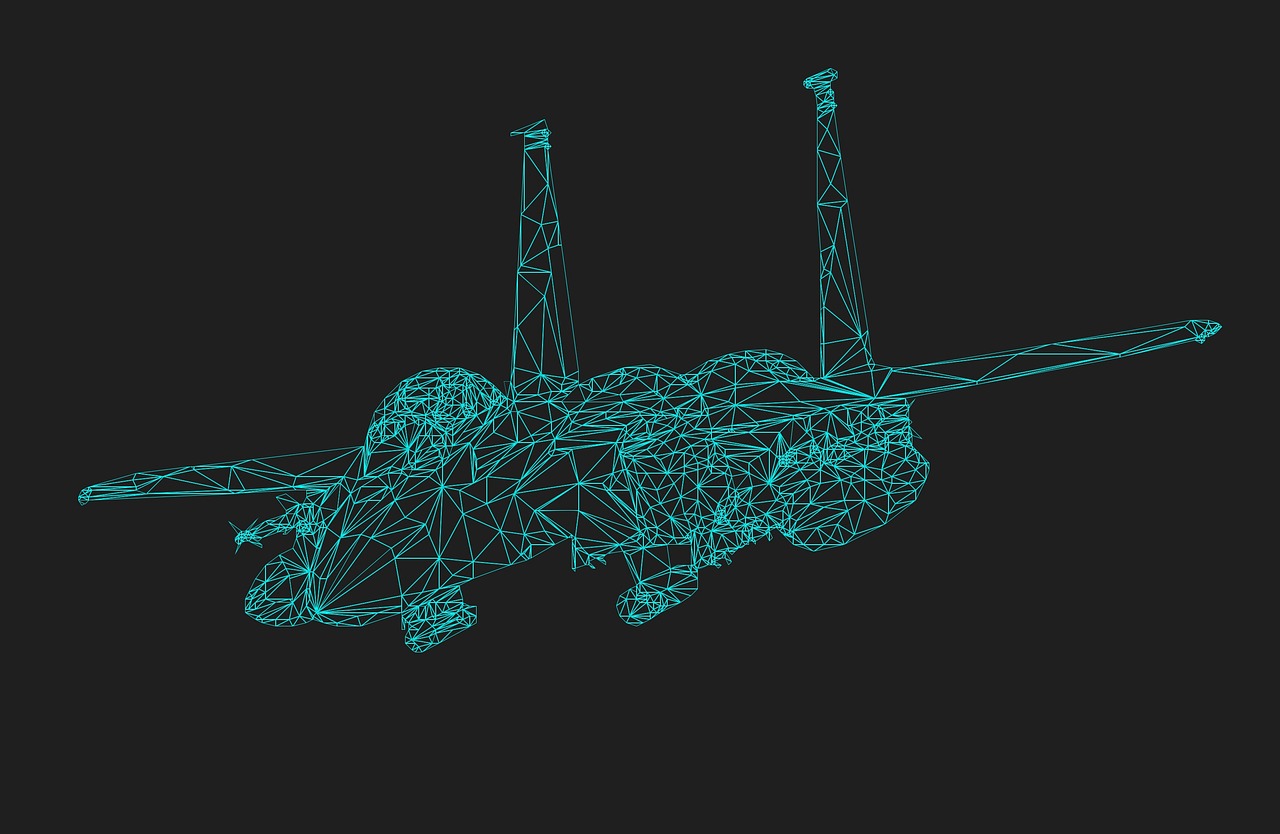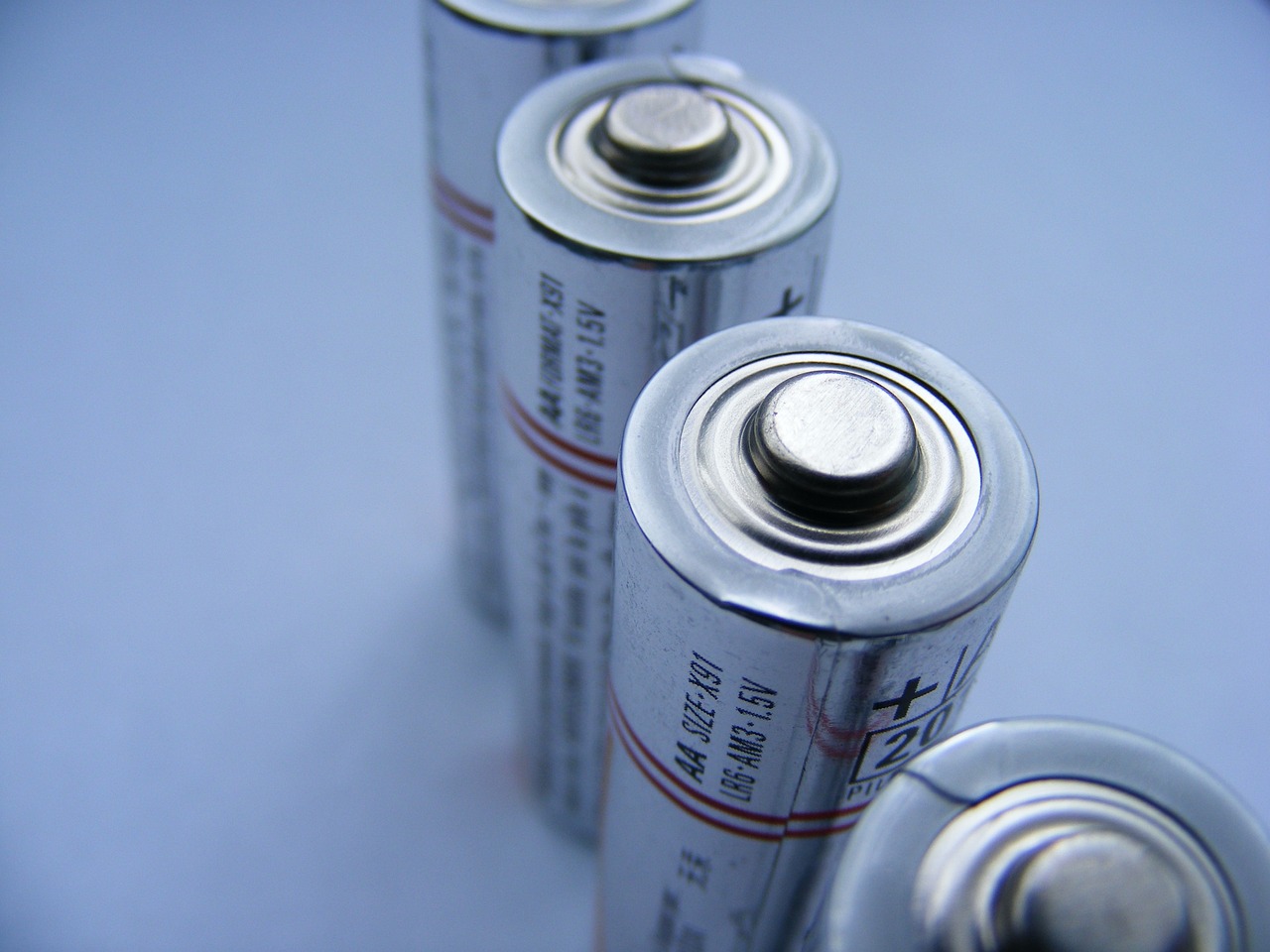This post is also available in:
 עברית (Hebrew)
עברית (Hebrew)
Researchers from the Northwestern Polytechnical University in China managed to create a smart air combat system that can explain its decision-making process in wartime situations, a breakthrough that solves the long-standing ‘black box’ problem of the AI technology race that challenges militaries worldwide.
This smart air combat system can provide insights into its strategic reasoning and enhance human understanding and collaboration in critical military operations, as was reported by the South China Morning Post. if this claim is true, then these pioneering efforts of Chinese scientists are sure to redefine the landscape of aerial warfare.
According to Interesting Engineering, smart air combat is becoming increasingly common, and a major way to make decisions in these kinds of battles is through deep reinforcement learning. However, this method is problematic due to its “black box” nature, making it hard to explain strategies, understand intentions, and trust decisions.
This new method tackles these issues and makes air combat decisions clearer by employing explainable reinforcement learning. It first builds models to explain strategies and recognize intentions, then calculates how important decisions are and the likelihood of intentions, making the decision-making process easier to understand. Finally, it adjusts the deep reinforcement learning algorithm based on these interpretations.
This innovative AI combat system goes further beyond conventional programming – unlike traditional systems, it can explain each instruction it sends to the flight controller using simple language, data, and charts. It can even clarify the importance of each directive, detailing the current combat situation, specific flight maneuvers, and strategic intentions.
The researchers explain that this technology creates a new avenue for human pilots to engage with AI, “talking” with humans and learning from their mistakes. This type of AI that is capable of communication with humans can achieve an “almost perfect win rate” with just 20,000 rounds of combat training, while traditional “black box” AI only reaches a 90% win rate after 50,000 rounds.
The technology is currently limited to ground simulators, but the research team plans to expand it to more realistic air combat settings.


























